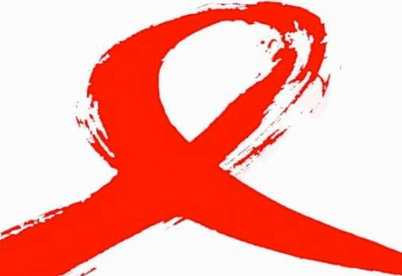For the first time ever, a baby has been cured of HIV. An HIV positive women in the USA gave birth to an HIV positive baby three years ago. The woman learned her status while in labor at a rural hospital, which did not have on hand the drug treatments given to newborns, so the baby was administered a different set of anti-retrovirals typically reserved for adults. That seemed to do the trick. The child discontinued treatment after a few months (which is inadvisable!) but was declare functionally cured.
The international global health community is greeting this news with understandable excitement, but also some trepidation about the new kinds of challenges this breakthrough could present for countries on the front line of AIDS crisis.
“This is good news,” says Dr. Karusa Kiragu of UNAIDS. “For us, the implication of this study is that if confirmed, it means we have another tool in our arsenal.”
Using that tool, though could pose its own set of difficulties.
There are some 300,000 children born with HIV every year, the vast majority of whom are in Africa. If it is true that an HIV positive child treated with ARVs in the first few days of her life can be cured of HIV, then it would stand to reason that the rapid diagnosis of infant HIV would be critical. “One question this study suggests is whether there should be greater increase in access to HIV testing facilities for infants?” says Dr. Kiragu. “The diagnosis becomes even more important.”
This is where the promise of the study may hit some of the hard realities of fighting HIV in resource poor countries. Because they still have their mothers’ antibodies, HIV testing in infants is much more difficult than in adults. A blood sample must be drawn and then sent to one of just a few laboratories in Africa equipped for the test. The system is error prone and the turn around time is long. Rapid diagnosis is key, but also terribly difficult.
If a mother with HIV is receives treatment, the chances that her child will be born with HIV is only about 2%. If that mother does not get treatment, there is about a 35% chance that the child will be born HIV positive. According to the WHO and UNICEF, in only 28% of HIV-exposed babies were tested within 6 weeks of birth in 2010.
Still, the international global health community is heralding this breakthrough–even as they recognize the challenge of diagnostics. “This news gives us great hope that a cure for HIV in children is possible and could bring us one step closer to an AIDS free generation,” said UNAIDS Executive Director Michel Sidibé in a statement. “This also underscores the need for research and innovation especially in the area of early diagnostics.” UNICEF director Anthony Lake sounded a similar note. “While we wait for these results to be confirmed with further research, it is potentially great news. This case also demonstrates what we already know—it is vital to test newborn babies at risk as soon as possible.”
The advocacy community, which has been in a gloomy mood since the sequester kicked in and cut HIV/AIDS funding, is also energized by this study. “This is exciting, says Erin Erin Hohlfelder of the ONE Campaign. “It is another beat in the steady drum of news about the effectiveness of existing technologies to prevent–or in this case even cure– HIV/AIDS.”
